Elcograf doubles up with HP PageWide T490
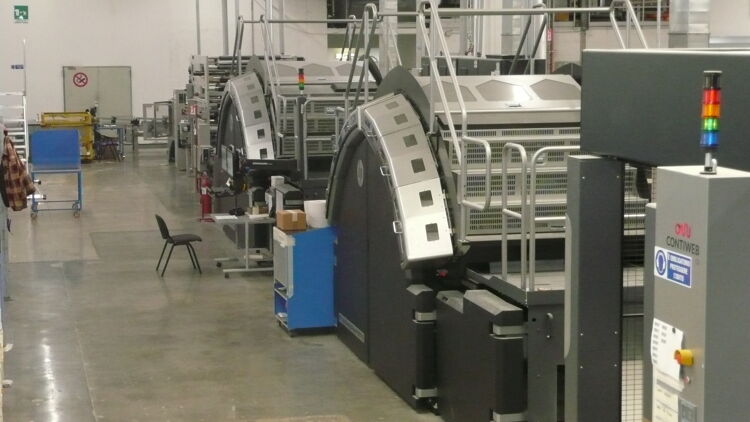
Rob Fletcher speaks to Italian printing company Elcograf has invested in and installed two HP PageWide T490 systems as part of a wider effort to strengthen its service offering amid an increase in demand.
Italian printing company Elcograf has invested in and installed two HP PageWide T490 systems as part of a wider effort to strengthen its service offering amid an increase in demand.
Measuring in at 42 inches wide, the HP PageWide T490 web press machine can run at speeds of up to 305m/min in performance mode, as well as 152m/min in quality mode.
Powered by High Definition Nozzle Architecture Technology, HP said this doubles the native print resolution of current printheads, allowing users to achieve native resolution of 2,400 nozzles per inch.
Speaking about the decision to purchase two of these models, Domenico Fasoli, plant manager at Elcograf, told FESPA.com that it will allow the company to offer customers printed work at faster turnaround speeds – something that is becoming increasingly important in the modern market.
“We chose the HP PageWide T490 for its speed and consistent quality,” Fasoli told FESPA.com. “We can offer customers swift turnaround times and our results speak for themselves, with optical density that is comparable to roto-offset machines.”
Fasoli added in a statement: “With previous machines, we were getting a high quality of product but wanted more in terms of speed. This new HP system is incredibly easy to use and the transition has been smooth, thanks to the support we received from HP every step of the way.
“This is more than a simple deal: it is the beginning of a partnership which, I am sure, will help us improve our business.”
Elcograf, the result of the merger of Mondadori Printing and Pozzoni Printing, employs more than 2,000 people across its 10 sites in Italy. The new HP kit has been installed at its facility in Cles, which is north of Trento and just south of the Austrian border.
With its enhanced print production setup, Elcograf plans to cover print runs from 500 up to 500,000 copies, managing different jobs without stopping its machines.
Speaking on behalf of HP, Francesca Ricupero told FESPA.com the PageWide technology will allow Elcograf to make a step up in terms of production and output quality.
Ricupero said: “Elcograf has always produced high quality products, but our partnership has allowed them to streamline the speeds it can put out, meaning fast delivery for customers and more capacity to pick up jobs.
“We’ve teamed up with Elcograf every step of the way to ensure its transition to our HP PageWide T490 has been as smooth as possible. Our technology is straightforward and easy to use for all of Elcograf’s widespread team.”
Topics
Interested in joining our community?
Enquire today about joining your local FESPA Association or FESPA Direct
Recent news
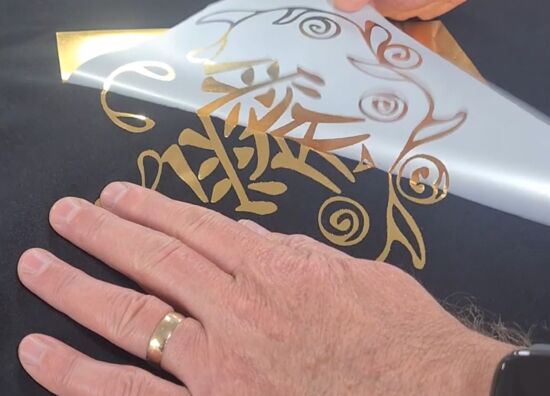
Special Effects in DTF Will Make Your “Prints” More Memorable
The DTF market is expanding with new vendors and innovations like multi-head printers enabling diverse ink options (spot, neon). Decorative films offer streamlined special effects. Keypoint Intelligence tested metallic and glitter films, noting varied ease of use and wash durability. New technology using adhesive and foil directly promises further creative advancements in DTF.
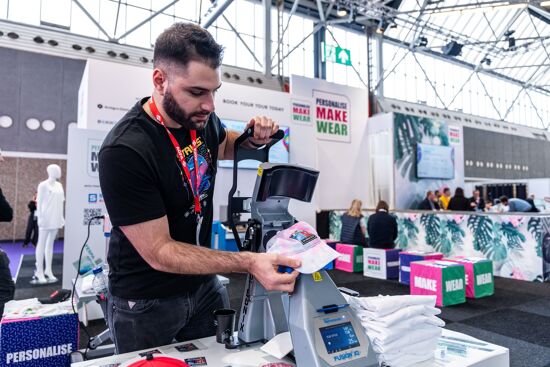
SmartHub – Expectations, opportunities and why you should attend!
The SmartHub at Personalisation Experience 2025 in Berlin will showcase personalisation and smart production opportunities across industries like textiles. Featuring a Smart Factory Trail with brands like Inkcups and Trotec, and a conference with experts discussing AI, mass customisation, and profit strategies, it offers insights into reducing waste and boosting efficiency through digital methods. Panel sessions will explore growth, automation in textiles, and smart manufacturing.
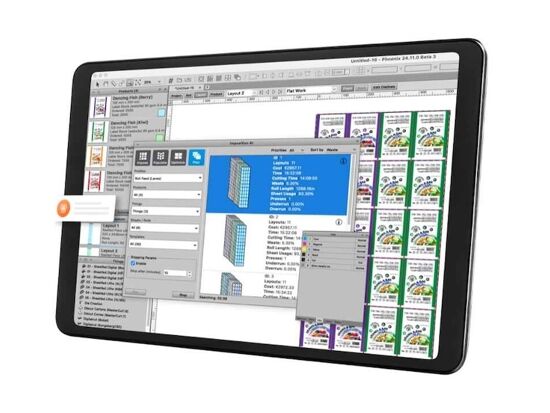
How is AI revolutionising Large Format Print?
Nessan Clearly discusses how AI in print relies on data pattern matching, already enhancing software for large format providers. He predicts that this will result in increased AI integration in workflow planning, job queue management, colour correction, image upscaling, and predictive maintenance via sensors and vision systems, ultimately streamlining operations and offering greater flexibility.
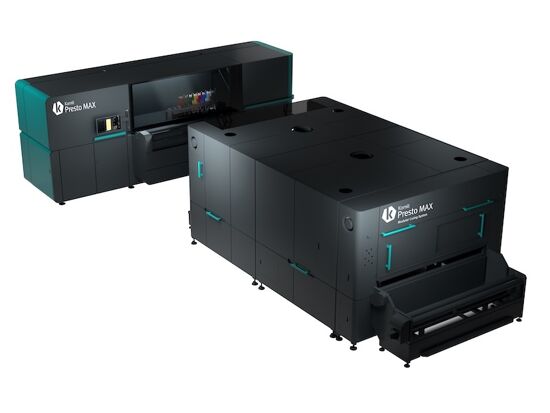
One Ink for All? Exploring Pigment in Textile Printing
Digital textile printing faces complexity due to diverse substrates requiring specific inks. The industry seeks a universal ink, with pigment ink showing potential. While traditionally for natural fibres, advancements aim to broaden its application, simplify processes by reducing pre/post-treatment, and improve sustainability, though challenges like hand feel on garments remain.